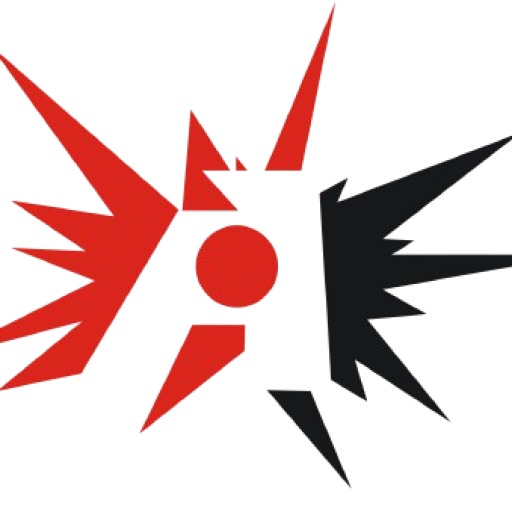
How Redlining Contracts Can Save You Thousands on Your Las Vegas Convention
This guide will save you thousands by teaching you how to redline convention contracts.
If you’ve ever planned a convention in Las Vegas, you already know the thrill—and the sticker shock—that comes with it. Between venue exclusives, labor rules, and endless service fees, small oversights can snowball into tens of thousands in unexpected costs. What most planners don’t realize is that many of those costs aren’t set in stone—they’re buried in the fine print of your contract.
That’s where redlining becomes essential. Redlining is the process of reviewing venue and vendor agreements line by line—identifying vague, overpriced, or one-sided clauses and negotiating them before you sign. It’s not just a legal exercise; it’s a financial safeguard that prevents hidden costs from quietly draining your budget.
Professionals who manage large-scale conventions know that the most expensive mistakes happen long before setup begins. A contract that hasn’t been carefully reviewed can lock you into inflated rates for labor, equipment, or utilities—sometimes for services you never needed in the first place. The goal of redlining is simple: bring clarity, fairness, and accountability to every term before it turns into a surprise invoice.
Below, you’ll find a Redline Checklist built from real Las Vegas convention scenarios. Each item highlights where planners commonly lose money and how a few well-placed edits can mean the difference between staying on budget and fighting overcharges after the show.
For a deeper breakdown of where most planners lose money in Las Vegas and how to prevent it, download The Insider’s Guide to Saving Time & Money on Las Vegas Conventions.
How to Redline Convention Contracts: Typical negotiating mistakes we see with our contracts that should be redlined.
1. Vendor Exclusives
Vendors at Las Vegas venues often require you to use their “exclusive” AV, rigging, or internet provider. It sounds convenient — until you look at the markups of 200–300% on those services. A planner booking Mandalay Bay, for example, may be told they must use the hotel’s in-house AV team for every screen and projector used at the show. A simple redline can state you reserve the right to use third-party providers or at least the right to know the actual rate.
2. Labor Minimums
Contracts with language that says “minimum of 4 hours per technician” or “full-day billing regardless of show duration” is essentially saying if the crew is done early, you still pay for the full shift. It’s understandable if you have an hour-long break and need to pay them for the whole day, but you shouldn’t have to pay for 8 hours if your event only needed 2 hours of set up in a small breakout room. A redline is needed on a clause like that to make sure it bills actual hours instead of minimums.
3. Load-In & Load-Out Times
Venues will sometimes set narrow load-in or load-out windows that force the planner to pay for overtime or off-hour fees. Example: a show booked at Caesars Forum Center might be only allowed to access the space between midnight and 6 a.m., incurring double-time labor rates. A redline can specify more flexible access times or waive the surcharges when the venue is at fault for the timing.
4. Off-Hour Surcharges
Weekend, overnight, or holiday labor will always come at a premium. But often those surcharges are applied too liberally, or even to “regular” hours if the venue decides they are “after hours.” A teardown that starts Sunday at 3 p.m. but ends before the end of the normal business day may still be billed at 1.5x rate. A redline should clarify what hours are considered off and make sure the premium is only applied when it’s truly warranted.
5. Utility Charges
Electric, power drops, internet bandwidth, and other utilities are often charged with a mysterious add-on. You might see $2,000 for “additional outlets” or $1,500 for a “dedicated internet line.” These vary wildly from venue to venue, and are impossible to verify until the account is open. For example, a booth of 10 x 20 at a trade show might be charged $400 for 1 outlet. This should be redlined for itemized utility pricing and right to verify.
6. Hidden Service & Admin Fees
One of the biggest money traps in Vegas is the “service” or “administrative” fees applied by many venues on top of everything from catering to AV. 24–27% service fees are common, often without explanation or breakdown. A planner at The Venetian recently got hit with a $9,000 service fee on an AV invoice and no one could explain it. A redline should insist on full disclosure and itemization of all fees so you know exactly what you are paying for.
7. Storage / Drayage
Handling of freight, cases, booth materials, drayage is often extremely expensive if not specified. It’s not unusual to be charged $300 per pallet for temporary storage, or $500 for each day a crate sits on the dock. Redlining this to a capped rate or ability to use 3rd party logistics support can help you control these surprise fees.
8. Broadcast & Recording Fees
Streaming or recording sessions is often met with additional “broadcast fees” or forcing you to use their preferred vendor. For example, one convention planner at a Strip resort was quoted $7,000 just to access the recording points. A redline would ensure the right to use your own production crew or negotiate fair flat rates for broadcast access.
9. Lack of Itemization
A line item like “production services – $50,000” is a red flag. You shouldn’t have to pay that without itemization, and without any accountability on what is actually included in that “services” bucket. In one recent example, a corporate conference ended up being billed for equipment that was never even used. Redline to require detailed, per-item billing so you can cross-check every cost and eliminate padding.
10. Cancellation & Change Fees
Change orders are common, especially with larger conventions and some contracts charge 50–100% of total costs for making changes within 30 days, even if labor hasn’t been scheduled. Redlining should ensure that cancellation fees are proportional to the actual costs incurred.
11. Rigging Costs
Rigging is usually an exclusive contract with bundled equipment and labor at marked-up rates. A planner doing a keynote at Resorts World, for example, might be quoted $4,000 for a basic truss setup that should really be $1,500. Redline to demand rate transparency and the right to bring in your own certified riggers.
12. Lift Usage
Venues often charge extra for use of lifts or specialized gear even if your team brings it. You may see a “lift rental fee” applied on your invoice in spite of providing your own. This can be redlined to specify that lift fees are only applied when equipment is rented from the venue, not outside gear.
13. House Techs or Union Labor
In-house techs and union labor are often bundled with mandatory call times and double-time rules. Without redlining, you may end up with labor you don’t need and end up paying for. For example, a five-camera shoot might require a “house engineer” to “supervise” the shoot at $85/hour. Redline to remove the mandatory techs, unless there is a safety compliance requirement.
14. Overstaffing
Assigning too many crew is common, especially if the venue chooses the labor. It’s not unusual to find 2 operators assigned for a single projector. Redlining a clause that allows you to approve staffing levels before finalizing labor orders is essential.
15. Third-Party Vendor Quotes
Venues often discourage or block external bids or quotes, citing exclusivity or “quality control.” You should always redline for the right to obtain and compare third-party quotes. For example, one planner was quoted for lighting by the venue, but when they requested a second quote from an outside lighting company the in-house quote immediately dropped 40% — just because of competition.
16. Check for Billing Accuracy
Always redline for the right to audit invoices after the show. Billing errors are extremely common in Vegas. Double labor entries, missing deposit credits, duplicate rentals, you name it. A client of ours once recovered over $12,000 in incorrect charges simply by auditing invoices.
17. Gear Needs vs. Gear Quoted
It’s common for vendors to quote gear lists that exceed your actual needs and pad the total cost. For example, a breakout session may be quoted with 6 wireless mics when 2 would do. A redline clause requiring mutual approval of gear lists and substitutions is essential. You should never pay for what the venue suggests you might use, but only for the equipment you actually need and use.
Get the full Redlining Checklist by Downloading The Insider’s Guide to Saving Time & Money on Las Vegas Conventions.
Why Producers Choose Atomic Television
- Decades of Las Vegas experience: We know every major convention venue and how each handles labor, load-in, and scheduling.
- Compliance and safety first: We stay current on CBAs and labor law updates to keep every production legal and ethical.
- Top-tier talent: Our crews are among the best in the business — many have worked on national broadcasts, high-profile live events, and luxury corporate productions.
- Efficient scheduling and budgeting: We minimize downtime, prevent overtime, and make every dollar visible on screen or stage.
From pre-production planning to post-show wrap, Atomic Television and Atomic Team provide the structure, skill, and leadership that make complex productions look effortless.
Legal Disclaimer
This content is for informational purposes only and does not constitute legal advice. Labor laws vary by jurisdiction and are subject to change. For specific questions about compliance, contact the Nevada Labor Commissioner’s Office or a qualified employment attorney.





